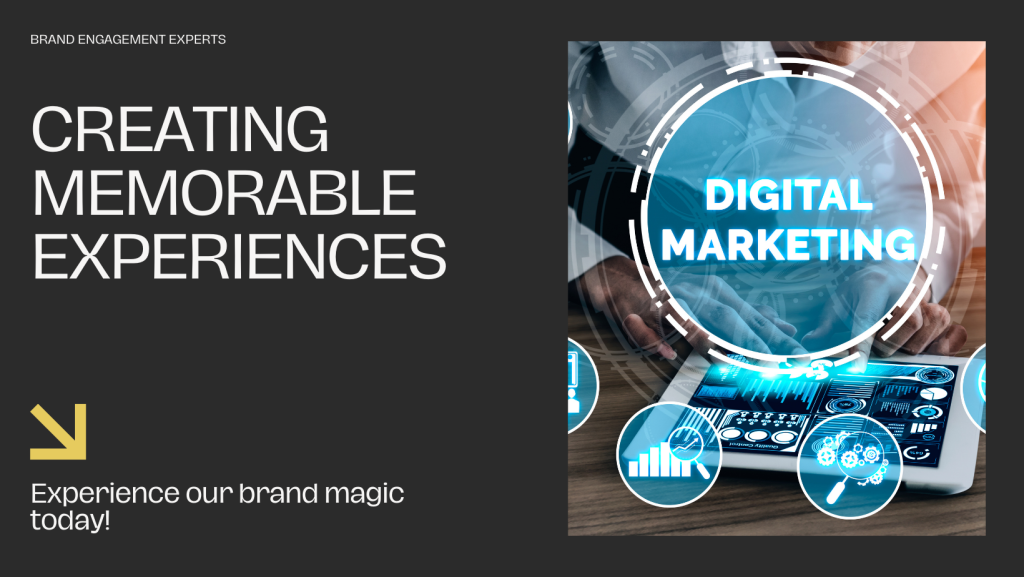In an age of ad fatigue and information overload, experiential marketing offers brands a unique opportunity to cut through the noise and forge meaningful connections with consumers. By creating memorable and immersive brand experiences, brands can engage customers on a deeper level, foster emotional connections, and drive customer engagement and loyalty. In this article, we’ll explore the principles of experiential marketing and share examples of successful brand activations that have captivated audiences and generated buzz.
At the heart of experiential marketing is the idea of creating experiences that resonate with consumers on an emotional and sensory level. Whether it’s through interactive installations, pop-up events, or live performances, experiential marketing allows brands to engage all five senses and create memorable moments that leave a lasting impression on consumers. By appealing to emotions such as joy, surprise, and excitement, brands can create deeper connections with consumers and foster brand affinity and loyalty.
Moreover, experiential marketing offers brands an opportunity to showcase their products and services in unique and memorable ways. Rather than relying solely on traditional advertising methods, brands can use experiential marketing to provide consumers with hands-on experiences that allow them to interact with and experience their products firsthand. Whether it’s testing out new products, sampling different flavors, or participating in product demonstrations, experiential marketing enables brands to create meaningful connections with consumers and drive consideration and purchase intent.
Furthermore, experiential marketing allows brands to create shareable moments and generate buzz on social media. By designing experiences that are visually striking, interactive, and Instagram-worthy, brands can encourage attendees to capture and share their experiences with their social networks, effectively amplifying the reach and impact of the activation. Whether it’s through branded hashtags, photo booths, or immersive installations, experiential marketing can spark conversations, generate user-generated content, and increase brand visibility and awareness online.
In conclusion, experiential marketing is a powerful tool for brands to create memorable and immersive brand experiences that drive customer engagement and loyalty. By appealing to emotions, showcasing products in unique ways, and creating shareable moments, brands can cut through the clutter and connect with consumers on a deeper level, fostering lasting relationships and driving business results in the process.


